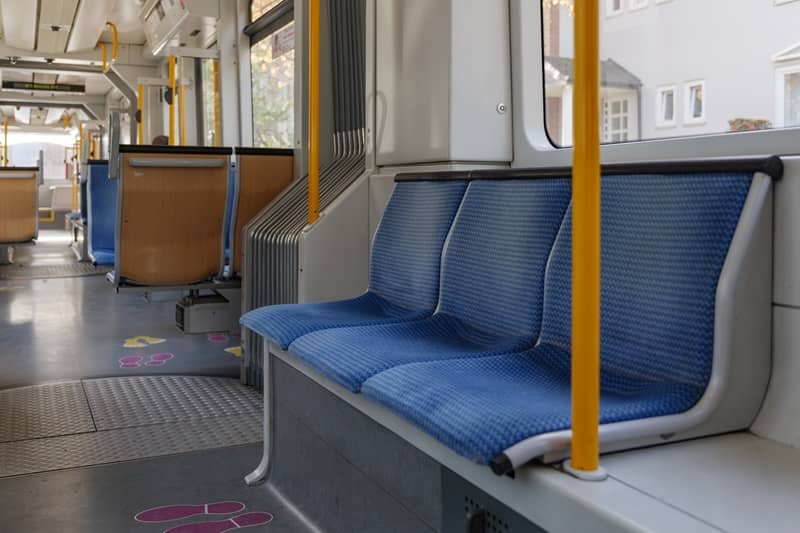June 4, 2024
Ms. Allegra Willhite
Executive Director
Multnomah County Tax Supervising and Conservation Commission
808 SW Third Avenue, Suite 540
Portland, OR 97204
Re: Testimony on PPS budget
Dear Ms. Willhite,
I am writing regarding the June 11 public hearing regarding the Portland Public Schools proposed budget. I know from experience that the only questions considered at TSCC hearings are those submitted ahead of time by the TSCC to the taxing district. Therefore my testimony regarding the budget is being submitted to the TSCC below in the form of questions that might be posed to PPS.
Teacher compensation: In the response to TSCC questions for the May 7 meeting regarding the local option levy, PPS stated that the projected average teacher salary, benefits and total compensation cost for the district for the coming year is $147,345 per FTE.
How does that compare with teacher compensation in other large, urban school districts in Oregon?
Also, what percent of the $147,345 pays for salaries?
Structural funding gap: On page 16 of Vol. I of the draft budget, the narrative states:
Revenues are growing modestly, but expenditures are increasing much more quickly, causing an ongoing, or structural gap.
The term “structural gap” implies some external force beyond the control of the board, but a review of historical data suggests that the unsustainable increase in expenses is entirely self-inflicted.
For example, according to previous TSCC reports, the total number of FTE employees for the district in 1992-93 was 6,317, serving an enrollment of 56,942. For the 2023-24 year, the FTE count was 6,247, serving an enrollment of 44,050.
Thus, during a 30-year period, the number of students dropped by 23% but the number of employees only dropped by 1%. Therefore it appears that PPS is now overstaffed, resulting in a gap between revenue and expenses.
Is there a reason why the Board has not adjusted to the long-term decline in student enrollment?
Relationship between FTE count of teachers and “other” employees: In 2009, ODE changed the classification of librarians, guidance counselors and others from “teachers” to “other.” A review of trends since then shows that in 2009 there were 2,487 FTE teachers within PPS out of 5,219 total FTE, or 48% of all employees. In 2023 there were 2,686 FTE teachers out of a total count of 6,247, or 43%.
Why are teachers less than half of all FTE positions, with the percentage shrinking?
Equity funding: The disparity between the most well-funded PPS schools and the least-funded is significant. We understand that this is the result of a conscious choice of the Board to compensate for students deemed to have been “historically underserved” by the district.
How is that term defined? What period of history is being referenced within the definition? And given that PPS has been implementing its “equity funding” strategy since 2014, what evidence does the district have that it is working?
Student attendance: During the 2017-18 school year, the average number of PPS high school students attending school at least 90% of the time reached 71%, with a high of 76% in one school and a low of 67% in another.
For the 2022-23 school year, the average was only 54%, with a high of 67% and a low of 35%.
Has the district done any analysis of attendance trends and the significance of attendance in reaching academic goals? If so, what has been learned? How does attendance compare with other factors such as household income, race and gender in affecting academic achievement? Are there ways that per-school or per-student funding could be altered to reward schools with strong attendance records? Would that be desirable based on the value of attendance?
Thank you for your consideration of these questions.
Sincerely,
John A. Charles, Jr.
President & CEO
CC: PPS Board












